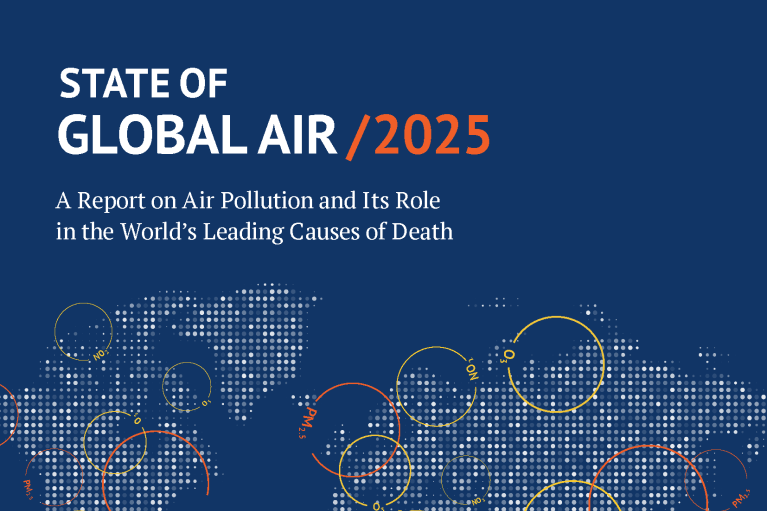Heart disease
Stroke
Dementia
Diabetes
COPD
Asthma
Lung cancer
Common noncommunicable diseases related to exposure to air pollution.
Aging Populations
Noncommunicable diseases (NCDs) are long-lasting or chronic conditions that do not spread from person to person. When you breathe polluted air, the pollution passes through your lungs into your bloodstream, where — over time — it can damage your lungs, brain, heart, and other organs.
Heart disease, stroke, diabetes, chronic obstructive pulmonary disorder (COPD), asthma, dementia, and lung cancer are some of the most common noncommunicable diseases linked with exposure to air pollutants such as PM2.5.
Many of the health effects of air pollution build up over time. As a result, many of these diseases are more common in older people. Because of their age and their likelihood of having multiple health problems, older people also tend to suffer worse health outcomes from these diseases, including premature death.

A Growing Toll
Air pollution is one of several factors contributing to the rising rates of noncommunicable diseases. Other factors include unhealthy diets, physical inactivity, and smoking.
Overall, 86% of the deaths linked with air pollution are due to NCDs. Among people over the age of 60 years, 95% of the deaths are due to NCDs. Air pollution accounts for more than 20% of deaths from heart disease — the number one cause of death worldwide — amounting to nearly 4 million deaths every year.

The toll of air pollution is likely to increase in the coming years as populations age and much of the world continues to experience high levels of pollution. When people get sick or die early, it is devastating for individuals and families. At the population level, the burdens of noncommunicable diseases strain health care systems and have rippling effects on communities and economies.
Older people in less-resourced countries bear a disproportionate burden. For example, while the contribution of air pollution to ischemic heart disease is 25% on average globally, that includes a range from 7% in higher income regions of the world to over 35% in East, West, Central, and Southern Africa and South Asia regions. In its Sustainable Development Goals, the United Nations set a 2030 target of reducing premature death from noncommunicable diseases by one-third.

Ways to Intervene
Most pollution-related health impacts are preventable. The best way to reduce the disease burdens of air pollution is to reduce the amount of pollution in the air. WHO sets guidelines for air quality. Because most people are currently exposed to levels of pollution that far exceed these guidelines, there is a long way to go. However, countries around the world are showing commitment to curtailing air pollution with some seeing improvements because of their actions.
Many of the most impactful solutions to reduce pollution involve reducing the burning of fossil fuels and biomass. In countries where many people burn wood, coal, or dung for cooking, using cleaner-burning fuels and stoves can substantially reduce household air pollution.
Clinicians and public health practitioners can help reduce the toll of noncommunicable diseases at the individual level through screening and health care interventions, but reducing pollution exposure at the population level will be key to helping more people live long and healthy lives.







